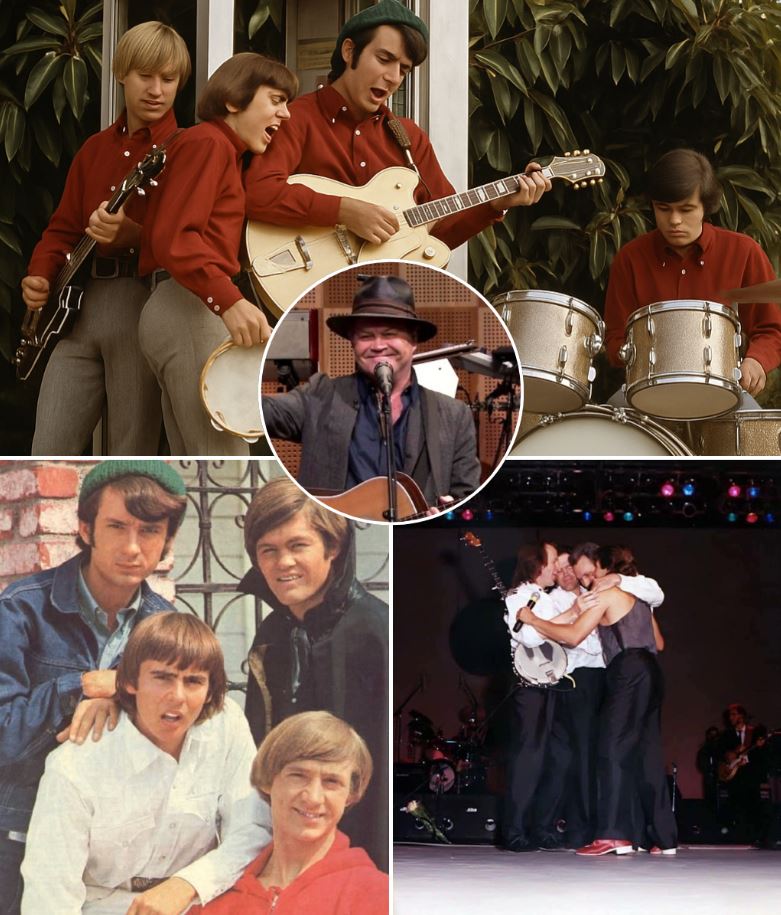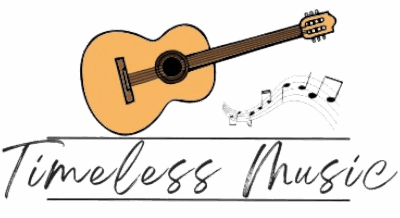
In the summer of 1966, American pop music changed forever. A brand-new band called The Monkees released their debut single, “Last Train to Clarksville,” and within weeks, the track climbed to No. 1 on the Billboard Hot 100. What seemed like just another catchy tune quickly revealed itself to be a cultural landmark—bridging music, television, and the spirit of a restless generation.
The Debut That Made History
When “Last Train to Clarksville” hit the airwaves in August 1966, audiences didn’t yet know that The Monkees would soon become a household name. The single arrived just before the premiere of their television series, giving fans the perfect soundtrack to connect with the quirky, lovable band on-screen.
Almost overnight, The Monkees became more than entertainers—they became symbols of a new era in pop culture.
A Song with Surprising Depth
Written by songwriting duo Tommy Boyce and Bobby Hart, “Last Train to Clarksville” blended two powerful forces in mid-1960s music: the British Invasion sound of groups like The Beatles and the distinctly American tradition of storytelling through lyrics.
At first listen, the song feels like a bright, upbeat love story. But a closer look reveals a darker undertone. Lines such as “And I don’t know if I’m ever coming home” suggest that the narrator is saying a painful goodbye—possibly before leaving for war.
Though The Monkees never confirmed the connection, many critics and fans interpreted the song as a subtle nod to the Vietnam War, especially since Clarksville, Tennessee is near Fort Campbell, a major U.S. Army base.
This layered meaning gave the song both mass appeal and emotional weight, making it stand out from other pop hits of the decade.
From Manufactured Band to Music Legends
Skeptics at the time dismissed The Monkees as a “manufactured band,” since they were originally cast for television. But “Last Train to Clarksville” proved they were more than a gimmick.
The track’s runaway success—topping the charts in November 1966—showed that the group had genuine talent and cultural relevance. Over time, The Monkees silenced critics by not only performing but also writing and producing their own music.
Their journey from TV stars to respected musicians became one of the most compelling stories in rock history.
Why “Last Train to Clarksville” Still Matters
Decades later, “Last Train to Clarksville” remains one of The Monkees’ most beloved songs. Its simple melody and timeless lyrics capture the mix of love, uncertainty, and freedom that defined the 1960s youth experience.
The metaphor of the train became a powerful symbol of change—a journey into the unknown, echoing the cultural shifts of the decade. Even today, the song resonates with listeners who recognize the mix of optimism and anxiety that comes with life’s big transitions.
Conclusion: The Train That Changed Pop Culture
“Last Train to Clarksville” wasn’t just a debut single—it was the beginning of a movement. It launched The Monkees into stardom, blurred the lines between television and music, and gave voice to the emotions of an entire generation.
More than 50 years later, the song still stands as proof that sometimes a simple pop hit can carry a much bigger story—one about love, loss, and the unstoppable momentum of change.
